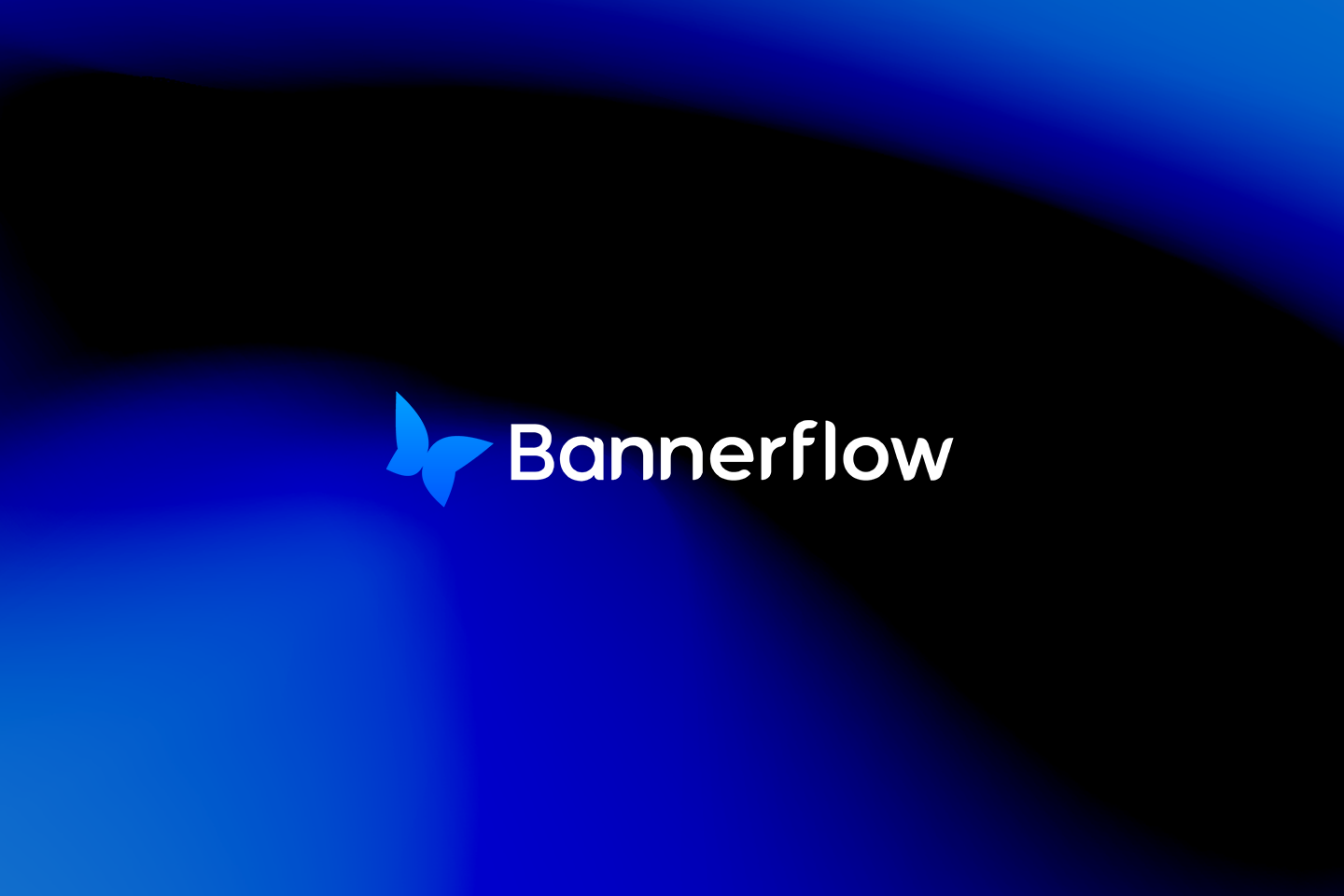
Bannerflow Creative Platform: Complete Buyer's Guide
Enterprise-focused dynamic creative optimization (DCO) solution
Bannerflow Creative Platform is an enterprise-focused dynamic creative optimization (DCO) solution that eliminates manual banner production bottlenecks through automated scaling and real-time campaign management across 100+ ad networks[133][135][161].
Market Position & Maturity
Market Standing
Bannerflow occupies a leading position in the enterprise DCO market, distinguished by its comprehensive cross-channel campaign management capabilities and direct integration with over 100 ad networks[133][135][161].
Company Maturity
The vendor demonstrates operational maturity through its ability to serve enterprise clients across telecommunications, aviation, and gaming sectors—industries with demanding technical requirements and complex approval workflows[137][138][142].
Proof of Capabilities
Customer Evidence
Documented implementations at recognizable brands including Lonely Planet, Shutterstock, Scoot Airlines, Telia Company, and SEGA[129][201][137][138][142].
Quantified Outcomes
Scoot Airlines achieved quantified improvements, reducing campaign launch times from days to hours while producing over 500 HTML banners and maintaining brand consistency across markets[135][137][139].
Case Study Analysis
Telia Company's implementation provides compelling evidence of operational transformation, where the telecommunications giant centralized ad serving under one operator after automating 80% of production processes[138][144].
Market Validation
Customer retention evidence emerges through sustained relationships with enterprise clients and expansion of usage within existing accounts. Customer testimonials indicate continued value delivery beyond initial implementation[139][141][144].
AI Technology
Bannerflow's technical foundation centers on no-code HTML5 authoring capabilities combined with AI-powered optimization features that address enterprise-scale creative production challenges[135][161][162].
Architecture
The automated resizing and translation architecture enables single-source creative deployment across global markets through intelligent scaling algorithms[135][143].
Primary Competitors
Competitors like AdCreative.ai focus specifically on AI-generated creative variants, while Bannerflow provides integrated cross-channel campaign management with direct network publishing capabilities[133][135][161].
Competitive Advantages
No-code HTML5 authoring capabilities that eliminate technical skill barriers while enabling real-time optimization across multiple channels simultaneously[135][161][162].
Market Positioning
Bannerflow competes primarily against comprehensive DCO platforms rather than specialized creative generation tools[8][135][161].
Win/Loss Scenarios
Win scenarios favor Bannerflow when enterprises require comprehensive omnichannel personalization at scale with sophisticated collaboration workflows and structured first-party data pipelines[135][143][129][131].
Key Features

Pros & Cons
Use Cases
Featured In Articles
Comprehensive analysis of AI Banner Ad Tools for AI Marketing & Advertising for AI Marketing & Advertising professionals. Expert evaluation of features, pricing, and implementation.
How We Researched This Guide
About This Guide: This comprehensive analysis is based on extensive competitive intelligence and real-world implementation data from leading AI vendors. StayModern updates this guide quarterly to reflect market developments and vendor performance changes.
240+ verified sources per analysis including official documentation, customer reviews, analyst reports, and industry publications.
- • Vendor documentation & whitepapers
- • Customer testimonials & case studies
- • Third-party analyst assessments
- • Industry benchmarking reports
Standardized assessment framework across 8 key dimensions for objective comparison.
- • Technology capabilities & architecture
- • Market position & customer evidence
- • Implementation experience & support
- • Pricing value & competitive position
Research is refreshed every 90 days to capture market changes and new vendor capabilities.
- • New product releases & features
- • Market positioning changes
- • Customer feedback integration
- • Competitive landscape shifts
Every claim is source-linked with direct citations to original materials for verification.
- • Clickable citation links
- • Original source attribution
- • Date stamps for currency
- • Quality score validation
Analysis follows systematic research protocols with consistent evaluation frameworks.
- • Standardized assessment criteria
- • Multi-source verification process
- • Consistent evaluation methodology
- • Quality assurance protocols
Buyer-focused analysis with transparent methodology and factual accuracy commitment.
- • Objective comparative analysis
- • Transparent research methodology
- • Factual accuracy commitment
- • Continuous quality improvement
Quality Commitment: If you find any inaccuracies in our analysis on this page, please contact us at research@staymodern.ai. We're committed to maintaining the highest standards of research integrity and will investigate and correct any issues promptly.